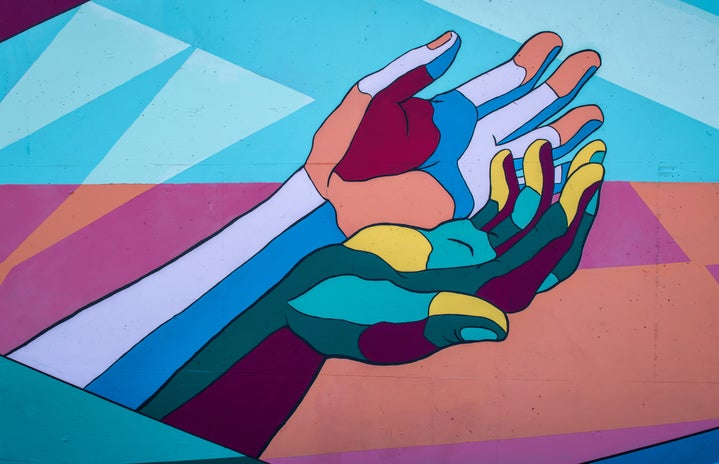Open your wardrobe and survey all the clothes you’ve accumulated in your life. Do you, by any chance, see a color scheme? The same goes for your makeup. Are there tones that you know are always pretty safe to get, even without swatching? Do you find yourself reaching for specific colors way more than others? If so, that color palette might be your personal color!
Personal color is a concept that there is a color palette that best harmonizes with your undertone, eye color, and hair color – basically the natural coloring you were born with. The colors in your color palette usually tend to make you look healthy and fresh-faced while the wrong colors draw more attention to uneven skin tones and flaws, by being a stark contrast.
I’m an avid believer in personal color analysis because my analysis completely changed my look and I have gotten almost dramatic compliments about the change. Even aside from what others felt, I can actually see how my complexion and features look so much better in my color palette –Winter Cool—and I’ve seen this magic happen to many of my friends too.
The most widely accepted personal color analysis is seasonal analysis: Spring, Summer, Autumn, and Winter. Spring and Autumn make up the Warm Tones while Summer and Winter make up the Cool Tones. People with a warm personal season tend to look better in colors with yellow, peachy, golden undertones, and gold jewelry while people with a cool personal season look better in colors with pink, red, bluish undertones, and silver jewelry.
Each season is also divided into three subcategories; for example, Spring is divided into Light Spring, True Spring, Bright Spring. It all depends on what season your main season is influenced by – a Light Spring is Spring influenced by Summer, True Spring is Spring influenced by Autumn, and Bright Spring is Spring influenced by Winter. While the color schemes in a season are pretty similar to each other, the subcategories show differences in terms of saturation and brightness.
- Spring
People who are analyzed to be a Spring look amazing in bright, clear colors. Think of springtime when flowers bloom; those kinds of fresh colors are what suits a spring best. For a Light Spring, go for airy colors, not too bright nor saturated. Think ranunculus and baby ducks. A Bright Spring should use much brighter, saturated colors, like poppy and vibrant green. A True Spring stands in the middle in terms of saturation and brightness but can lean more towards a very warm undertone.
- Summer
People who are analyzed to be a Summer work best with soft, gentle, and cool colors. Think of the ocean, cherry blossoms, Barbie pink, and light gray. A Light Summer should use cool and whitish colors like sky/arctic blue and strawberry milk. A True Summer can opt for more vibrant colors, like hot pink and candy apple red. A Soft Summer is unique in that anything ashy and grayish suits them; mauve and muted blue are perfect.
- Autumn
People who are an Autumn can pull off the stronger, richer fall colors, the ones we associate with Thanksgiving and Halloween: pumpkin, tree bark, and olive green. A Soft Autumn should go for beige, nude, muted tones, like a just-baked loaf of bread or matcha latte. A Dark Autumn looks smokey and sexy in chili red and dark brown. A True Autumn is the richest and most saturated of all: intense copper and gold have never looked better.
- Winter
Last but not least, people who are a Winter have an icy, charismatic palette, more vibrant and darker than that of summer. Think primary colors and black and white, a lot of contrast. A Bright Winter would shine in neon fuchsia and electric blue. A Dark Winter combines depth and coldness by employing black, burgundy, plum, and navy. For a True Winter clarity is the most important: go for icy pinks and silvers.
The best way to get your personal color analyzed is to receive an analysis from a professional personal color consultant with an acquired license; they ‘drape’ you, meaning they compare different colors of fabric under your chin and decide which ones bring out your natural beauty the best.
But in cases where doing so is just not possible –there might not be any personal color consultants around you, or you might think that it’s way too expensive – look at your wardrobe and makeup stash and try to see which ones you keep coming back to or get complimented on! Then try to match a type from this article and search for the appropriate palette for you. After all, your intuition and experience on what suits you, collected from over the years, is what becomes your style. ☺

